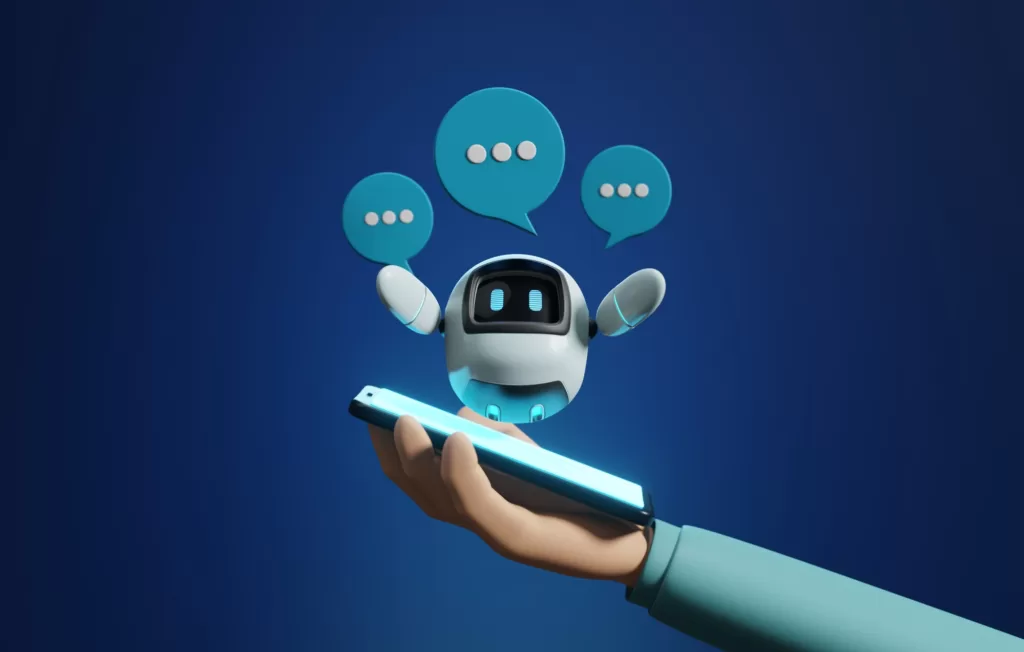In the contemporary business landscape, the paradigm of customer-centricity reigns supreme, with enterprises striving to create seamless, personalized experiences. At the forefront of this transformative shift is the integration of AI chatbot services, leveraging advanced technologies to build customer-centric ecosystems. This post explores the pivotal role of AI chatbot service in shaping customer-centric strategies, exploring their benefits, best practices for implementation, and the future trajectory of customer interactions.
Embracing Customer-Centricity in the Digital Era
Customer-centricity transcends traditional transactional relationships, emphasizing a holistic approach that revolves around understanding, anticipating, and fulfilling customer needs. In the digital era, where consumers seek instant gratification and personalized interactions, businesses are turning to AI chatbot service solutions to drive this customer-centric evolution.
Benefits of AI Chatbot Services for Customer-Centric Ecosystems
- Real-Time Engagement:
AI chatbots facilitate real-time engagement, providing customers with instant responses and support. This immediacy contributes to heightened customer satisfaction and fosters a sense of being valued.
- Personalization at Scale:
Leveraging artificial intelligence, chatbots can analyze vast amounts of customer data to deliver personalized interactions. From tailored product recommendations to addressing specific queries, chatbots create a personalized experience for each user.
- 24/7 Accessibility:
Unlike human agents, AI chatbots operate round the clock. This 24/7 accessibility ensures that customers can access support or information whenever they need it, irrespective of time zones or business hours.
- Efficient Query Handling:
AI chatbots excel in efficiently handling routine queries and frequently asked questions. This efficiency allows human agents to focus on more complex issues, streamlining overall customer support operations.
- Multichannel Consistency:
Customer-centric ecosystems demand consistency across various communication channels. AI chatbot service seamlessly operates across websites, messaging apps, and social media, ensuring a unified and consistent brand experience.
Best Practices for Implementing AI Chatbot Services in a Customer-Centric Framework
To maximize the impact of AI chatbots in building customer-centric ecosystems, businesses should adhere to best practices:
- Define Clear Objectives:
Clearly outline the objectives of integrating AI chatbots within a customer-centric framework. Whether it’s enhancing user experience, improving support efficiency, or increasing customer engagement, having well-defined goals ensures strategic implementation.
- Advanced Natural Language Processing (NLP):
Invest in advanced NLP technologies to empower chatbots with the ability to comprehend and respond to natural language inputs accurately. This enhances the conversational capabilities of chatbots, contributing to a more seamless and human-like interaction.
- Context Retention and Seamless Transitions:
Ensure that chatbots retain context across interactions to provide coherent and contextually relevant responses. Additionally, it facilitates seamless transitions between chatbots and human agents when necessary, maintaining a fluid customer experience.
- Integration with Customer Data Platforms (CDP):
Seamlessly integrate AI chatbots with CDPs to access comprehensive customer profiles, transaction histories, and behavioral data. This integration enhances the ability of AI chatbot service to deliver personalized support and recommendations based on individual preferences and past interactions.
- User Feedback and Continuous Improvement:
Solicit user feedback on chatbot interactions and use it for continuous improvement. Implement iterative learning and adaptation mechanisms, allowing chatbots to refine their responses based on evolving customer interactions.
Measuring the Impact on Customer-Centricity
Measuring the impact of AI chatbot services in building customer-centric ecosystems involves tracking key metrics:
- Customer Satisfaction Scores (CSAT):
Regularly measure CSAT scores to gauge customer satisfaction with chatbot interactions. High CSAT scores indicate that the chatbot strategy aligns with customer-centric goals.
- First Contact Resolution (FCR):
Assess FCR rates to determine how often customer issues are resolved in the first interaction with a chatbot. Higher FCR rates signify effective chatbot support, contributing to a positive customer experience.
- Escalation Rates:
Monitor the rate at which queries are escalated from chatbots to human agents. A balanced escalation rate indicates that chatbots appropriately handle queries within their capabilities, ensuring a seamless transition.
- Response Time:
Analyze the response time of chatbots. Swift responses contribute to positive customer experiences, while prolonged response times may lead to dissatisfaction. This metric is crucial in maintaining the real-time engagement aspect of customer-centric ecosystems.
- User Engagement and Interaction Patterns:
Leverage analytics tools to analyze user engagement and interaction patterns. Understanding how customers engage with chatbots provides insights into preferences, pain points, and areas for improvement, contributing to a more customer-centric approach.
Conclusion:
In conclusion, integrating AI chatbot service is a strategic investment in the journey toward building customer-centric ecosystems. The benefits of real-time engagement, personalization at scale, and 24/7 accessibility underscore the transformative impact of chatbots on customer interactions. By embracing best practices, measuring impact through key metrics, and anticipating future advancements, businesses can not only meet current customer-centric expectations but also position themselves as innovators in the ongoing evolution of customer service. The strategic incorporation of AI chatbot services is not merely a technological augmentation but a pivotal step in transforming customer-centric visions into tangible and delightful realities.
The Best Software Company Offering Custom 3D Modeling Solutions

